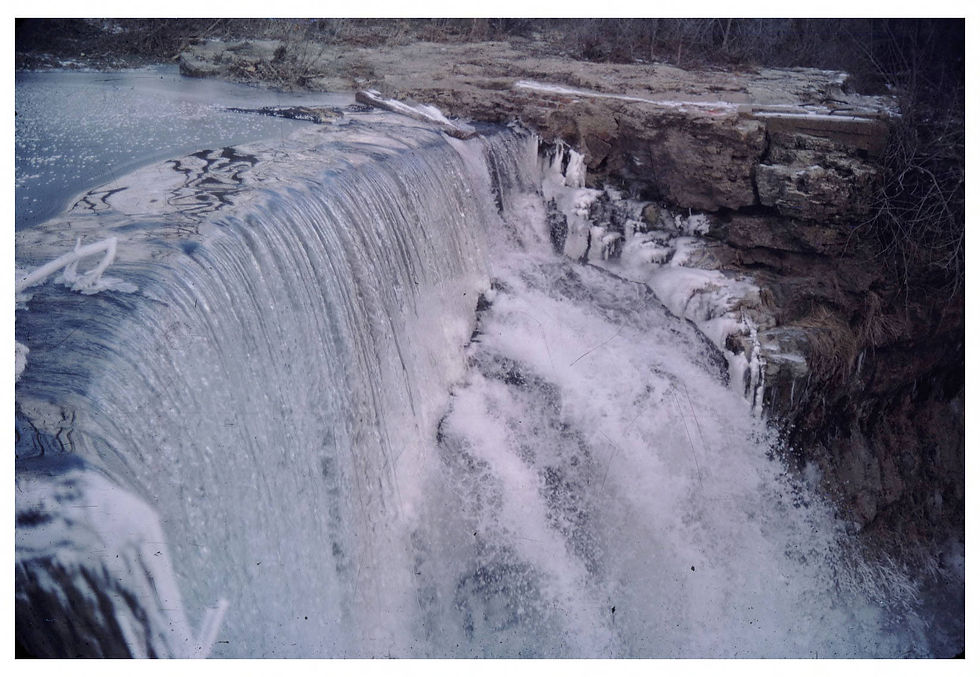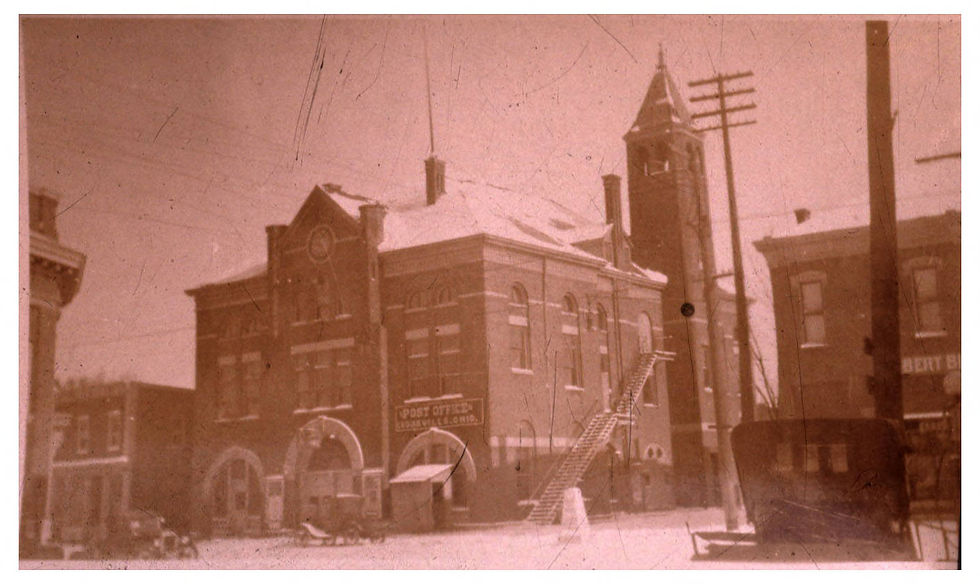

HISTORY
HISTORICAL SOCIETY

74 West Church Street
Xenia, OH 45385
Hours:
Tuesday, Wednesday, Thursday & Friday
12:00 Noon - 4:00 PM
Saturday 12:00 Noon - 3:30 PM
Closed Sunday & Monday
Website:
HISTORY
The Indian mounds and earthworks near Cedarville, the Williamson Adena Mound and the Pollock Works, celebrate the rich early Native American heritage of the area. Later, in the early 18 th century, a number of Indian tribes moved west into Ohio. Some of the Shawnee tribe, led by Tecumseh, made their home in Greene County, their main town, known today as Oldtown, only 7 miles from Cedarville. The first European settlers, arriving in the township in the late
18th century, were mainly descendants of the Covenanters from Scotland, drawn here by the rich soil and affordable land.
The Village of Cedarville was originally laid out by Jessie Newport in 1816. It was known by several names in those early years: Newport’s Mill, Hanna’s Store, The Burgh, and Milford (because of the sawmill). Because there was another Milford in Ohio, the village name was changed in 1834 to Cedarville, reflecting the abundance of cedar trees in the area. The township of Cedarville was organized in 1850; by 1880 the village boasted a population of over 2,700. Growth was enhanced by the railroad coming through the town including both passenger and shipping service. Livestock could now be shipped to other markets, passengers could arrive and depart at the Cedarville station, and telegraph service along the rail line broadened communication. The Cedarville Opera House, finished in 1888, was built in part because the railroad brought potential entertainment and patrons. The opera house is currently on the National Register of Historic Places. The railroad also facilitated the development of early paper and saw mills and the lime industry in Cedarville. The nature of the village began to change in 1887 with the founding of Cedarville College, formed by the Reformed Presbyterian Synod. The College was coed and gained a reputation not only for its biblical teaching, but also for its liberal arts programs and teacher education. Many teachers in the area received their degrees at Cedarville College. The first building, now Founders Hall, was erected in 1895, followed by a gymnasium, and a library. The world wars of the 20 th century and the Great Depression of the 1930’s led the College to the brink of closure in 1953. The trustees of the Baptist Bible Institute of Cleveland, looking to expand to a liberal arts program, learned of the College’s difficulty and agreed to assume control, changing the college from Presbyterian to Baptist. From that point the College continued to grow. With the addition of schools of biblical studies, education, business, nursing, engineering, and other support programs, the College surpassed 3,000 students by the year 2000. In that year the designation of Cedarville was changed from College to University. The development of a school of pharmacy, as well as graduate and dual-enrolled programs, further increased enrollment to over 5,000 in 2022. The campus now comprises 850 acres on the north side of the Village and Cedarville is one of the largest private universities in Ohio. Although much has changed since its founding, it remains a conservative Christian university of arts, sciences, and professional programs. The village of Cedarville is also known for its churches, its public schools, and its notable citizens. These include Whitelaw Reid [Ambassador to England; editor of the New York Tribune], Michael DeWine [U. S. congressman, U.S. senator, and Governor of Ohio], Eleanor Parker [film actress], Wilber “Dick” Nesbit [poet and humorist], David Jeremiah [Bible teacher and author], and James H. Kyle [South Dakota U. S. senator and “father” of Labor Day]. To celebrate its distinction as the birthplace of James Kyle, Cedarville commemorates Labor Day with CedarFest, an annual festival on Labor Day weekend concluded by a fireworks display.


































































For additional pictures, please visit:
https://digitalcommons.cedarville.edu/strobridge_images/
https://digitalcommons.cedarville.edu/mcmillan_journal_collection/
